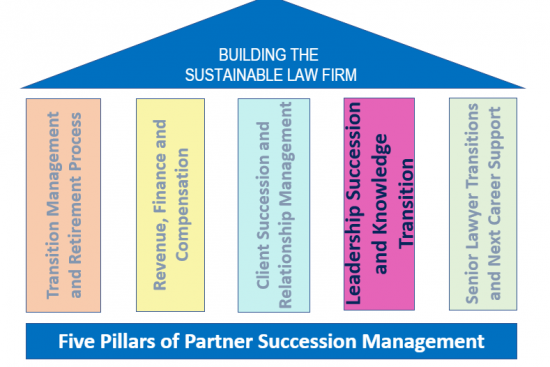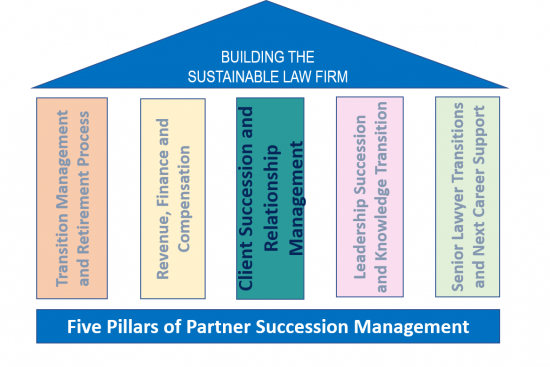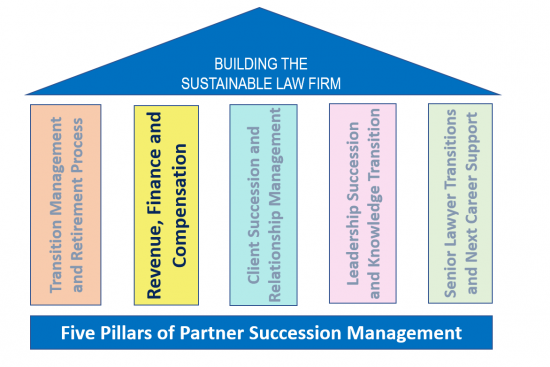Practice Groups Part 3: Practice Group Leader as Financial Steward
As firms continue to grow in size and complexity, it often is no longer possible for them to drive, manage and measure the revenue growth of the firm only through the central leadership. The concept of practice groups operating as business units is that they now have primary responsibility for overseeing major aspects of their…
Read More














